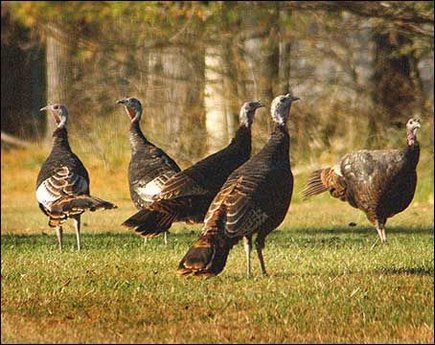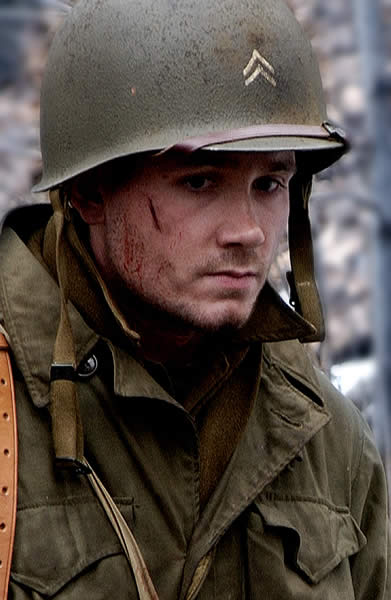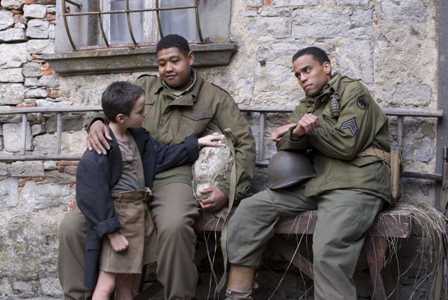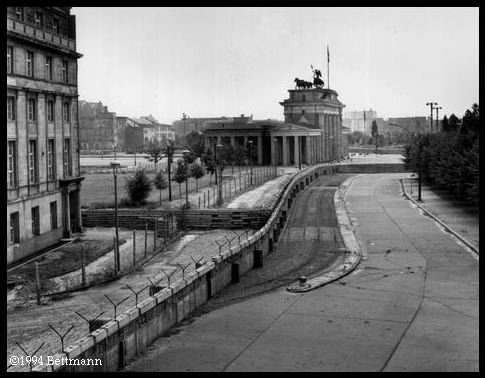November 2009 Archives
 From my New England ancestors to you and yours, Happy Thanksgiving. Or, if you happen to live outside the US, Happy Thursday.
From my New England ancestors to you and yours, Happy Thanksgiving. Or, if you happen to live outside the US, Happy Thursday.Here in New England we are now surrounded by a healthy population of wild turkeys, which Benjamin Franklin wanted to elevate to the position of national bird but which instead became a popular whiskey. They almost died out in the mid-20th century, but after a few pairs were re-introduced into the Berkshire Mountains in the 1970s, they proliferated, owing to the fact that they no longer have any natural enemies -- not even cars, to judge by the penchant of our local strutters to stop traffic.
My British pal Clive Davis has an interesting sidelight on Thanksgiving on his blog, taken from a website called Letters of Note, about the angry correspondence FDR received in 1939 when he changed the holiday from the last Thursday in November to the next-to-last, so that there would be more time for economic stimulus -- er, Christmas shopping. As Clive remarks, what would Glenn Beck say if Obama tried that?
November 26, 2009 2:50 PM
| Permalink
 The phrase will be familiar to any fan of World War II films: the "bomber crew" was a multi-ethnic cast of characters in uniform, a cross-section of American society, all pulling together for the same noble cause.
The phrase will be familiar to any fan of World War II films: the "bomber crew" was a multi-ethnic cast of characters in uniform, a cross-section of American society, all pulling together for the same noble cause.As it happens, two of the most interesting World War II films made recently take the opposite tack, highlighting the social divisions among US soldiers. The first, Saints and Soldiers (2004), is about a handful of GIs caught behind enemy lines during the Battle of the Bulge. The second, Miracle at St. Anna (2008), follows a band of GIs in a similar fix, during the Allied invasion of Italy.
In the first film, the difference between the soldiers is religious: one who is very devout contends with and then befriends one who is not. In the second, the difference has to do with race: the soldiers are all African-American, and the story revolves around their very different ways of coping with the challenge of fighting a racist enemy while being commanded by a racist white officer.
 Saints and Soldiers comes from Excel Entertainment, a production company based in Salt Lake City, which bears out my guess that the religious soldier is a Mormon, and the unnamed book he is carrying is not the Bible but the Book of Mormon. The Miracle at St. Anna comes from Spike Lee, based on a novel by James McBride. Both are well worth a look, because after disassembling the bomber crew (perhaps another metaphor is called for in 2009), they re-assemble it in a new and meaningful way.
Saints and Soldiers comes from Excel Entertainment, a production company based in Salt Lake City, which bears out my guess that the religious soldier is a Mormon, and the unnamed book he is carrying is not the Bible but the Book of Mormon. The Miracle at St. Anna comes from Spike Lee, based on a novel by James McBride. Both are well worth a look, because after disassembling the bomber crew (perhaps another metaphor is called for in 2009), they re-assemble it in a new and meaningful way.
November 22, 2009 4:16 PM
| Permalink
 Briefly, three German films to celebrate the 20th anniversary of 11/9/89.
Briefly, three German films to celebrate the 20th anniversary of 11/9/89.First, The Tunnel (Der Tunnel), a TV film first broadcast in 2001, about a group of young people trying to leave East Berlin. Some make it across just as the Wall is going up in 1961, others not until the escapees have built a secret tunnel from West to East. One of the highlights is the role of the American media in financing the final effort in exchange for exclusive coverage.
Second, What to Do in Case of Fire? (Was Tun, Wenn's Brennt?), another 2001 film that takes a comedic look at the West Berlin neighborhood of Kreuzberg, which in the late 1980s was a hotbed of anti-Western radicalism and anarchism nestled next to the Wall. (Not far away on the other side was Prenzlaeur Berg, home of many nonconformist East Berliners. If someone makes a film about these two mirror-image neighborhoods, please let me know!)
The film begins with a flashback to a group of Kreuzberg radicals battling the police in the spirit of punk rock and anarchism, a sequence that ends with some of them rigging a bomb to explode in an abandoned villa in Grunewald.
But the bomb fails to detonate, and the film then flashes forward 12 years, when the bomb is accidentally set off by a real estate broker showing the property to a West German plutocrat. Suddenly the hunt is on for the people who planted the bomb -- wherever they are. And that is the story: the attempt by a now very disparate group to come together and throw the police off their track. Because some have accepted the post-'89 world and others have not, the tensions are high and hilariously explored, if not finally well resolved. Indeed, the last line is the group's answer to the question posed in the title: "Let it burn! [Lassen brennan!]." And needless to say, this rang more appealingly in early 2001 than it did a few months later.
Finally, The Lives of Others (Das Leben der Anderen), a 2006 release about an East German Stasi officer who harsasses a playwright less for reasons of state (not that these are justified) than for reasons of spite (sexual jealousy). This is a superb film for many well known reasons, not the least of which is a truly wonderful ending.
November 9, 2009 10:53 AM
| Permalink
